Founded in 1706 as a Spanish colony, Albuquerque commands a beautiful location at the edge of the Sandia Mountains in New Mexico’s high desert. The state’s largest city, Albuquerque, is a stop on historic Route 66 and known for its vibrant art scene, adobe architecture in its old town and Native American culture.
It’s also, I learned on a recent trip, an epicenter for flamenco dance in this region.
Yes, you heard that right. And honestly it makes sense since flamenco originated in southern Spain, and Albuquerque was once a Spanish colony. As such, the city is home to the National Institute of Flamenco, which is dedicated to teaching people to love and appreciate this eclectic and collaborative and non-verbal communicative art form and puts on events throughout the year including the excellent Tablao Flamenco at the Hotel Albuquerque in Old Town. The intimate performance format event takes place Thursday through Sunday evenings and is paired with delicious Spanish tapas and drinks. It is a fun way to experience live flamenco.
Old Town Albuquerque is a cool place to wander before a show. It is impossible to take even a few steps here without seeing something hand-crafted by a local artist or inspired by area tribes. Plus this is one of the only places in America where the history goes back more than 300 years. So spend some time wandering the adobe buildings and checking out the art, antiques, jewelry, pottery or Western wear on sale at boutiques inside. Grab a bite to eat for lunch at the Church Street Cafe, which does authentic New Mexican cuisine, including excellent chile, and is a serious gem in Albuquerque’s original neighborhood — it is only open for breakfast and lunch. Also pause to check out the mission-style architecture of historic San Felipe de Neri Church located on the north side of the downtown Plaza. The Catholic church was originally built in 1706 by a Franciscan priest, Fray Manuel Moreno, who came to Albuquerque with some 30 families from nearby Bernalillo the year before. The original church collapsed after a rainy summer in 1792, however, and the current incarnation was constructed in 1793.
Another must-do Albuquerque experience is riding the 2.7-mile-long Sandia Peak Aerial Tramway to its 10,378-peak summit atop the Sandia Mountains. From here you can look down across the city and this is also a great spot to come up and watch the stunning orange and red sunsets the city is famous for. There are also a number of hiking and mountain biking trails that can be accessed from the top and many people choose to ride the tram up and then hike or bike back to town. For rock climbers, this area also has some solid climbs.
The spirit of Albuquerque can also be experienced at places like Hotel Chaco, a luxury property inspired by the state's spectacular Chaco Canyon and its Native American heritage. The hotel is also filled with art from 12 different New Mexican pueblos. In fact, all the art here is done by local, contemporary, native artists who have all really put their heart and soul into the pieces here because this is where their ancestors came from. Rooms are modern with clean lines and a soothing color palette that put me into a deep state of relaxation even before I checked out the hotel amenities that included a beautiful pool and an appropriately zen yoga class in the onsite fitness center. The food and beverage program here is also excellent with restaurants focusing on using indigenous ingredients that merge ancient culture with modern cooking techniques.
Regardless of where you end up staying or what you do, it’s hard to go wrong adventuring in this old-school, multi-cultural city that straddles America’s original highway, Route 66, in the heart of New Mexico.








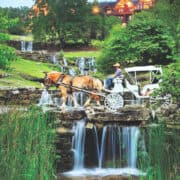




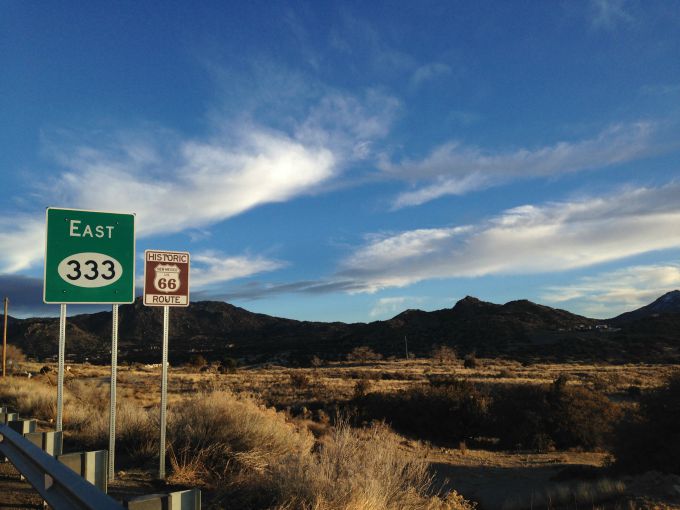

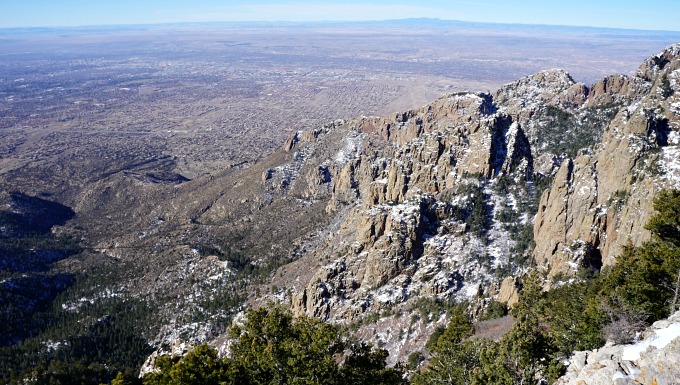
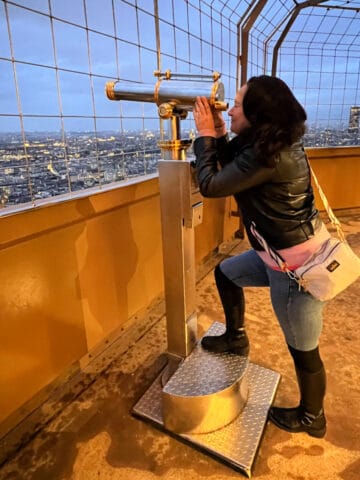
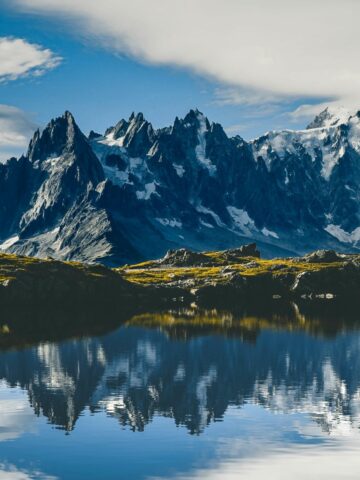
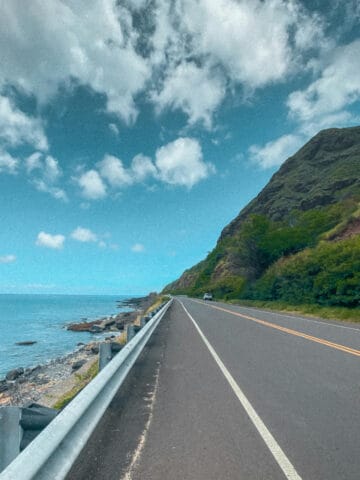
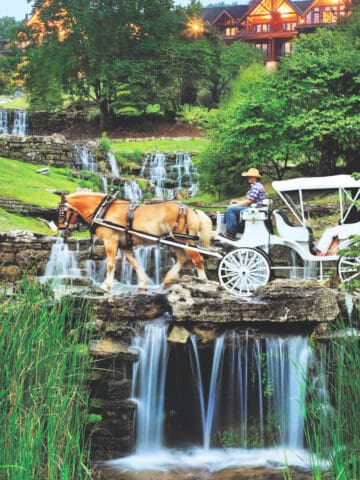
Leave a Reply